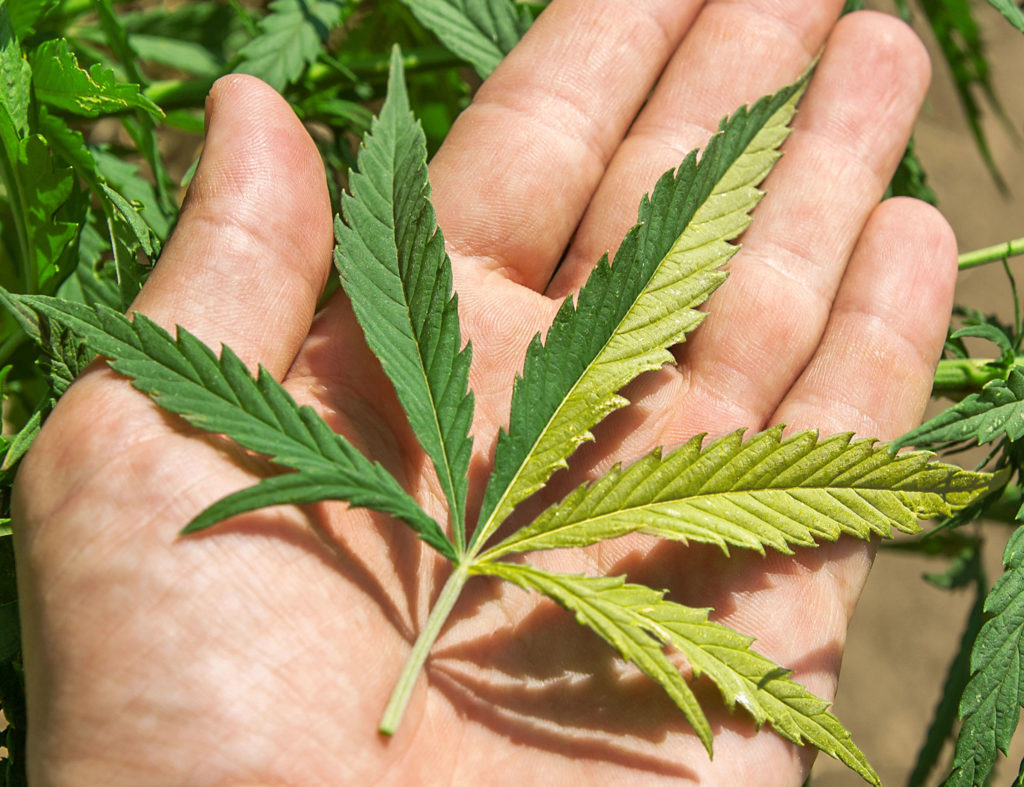Introduction:
In the ever-evolving landscape of cannabis cultivation, genetic mutations play a crucial role in shaping the future of marijuana strains. These unexpected changes in DNA can lead to groundbreaking discoveries and challenges alike. This article delves into the complex world of cannabis mutations, exploring their origins, effects, and potential implications for both cultivators and consumers.
What Are Cannabis Mutations?
Cannabis mutations are genetic changes that occur within the plant’s DNA. These alterations can happen naturally or be induced through various methods such as selective breeding, chemical treatments, or radiation exposure. Mutations can affect various aspects of the plant, including its appearance, chemical composition, and growth patterns. For more learning take education from the Institutes providing courses on the cannabis
Types of Cannabis Mutations:
Phenotypic Mutations:
- Leaf structure variations (e.g., webbed leaves, duck-foot leaves)
- Color changes (e.g., purple or pink hues)
- Growth pattern alterations (e.g., bonsai or vine-like growth)
Chemical Profile Mutations:
- Changes in cannabinoid ratios (THC, CBD, CBG, etc.)
- Alterations in terpene profiles affecting aroma and flavor
Physiological Mutations:
- Modified flowering times
- Altered nutrient requirements
- Changes in environmental tolerance
- Advantages of Cannabis Mutations:
- Enhanced Potency: Some mutations can lead to increased production of desirable cannabinoids like THC or CBD, resulting in more potent strains. This can be particularly beneficial for medical marijuana patients who require higher doses for effective treatment.
- Unique Flavors and Aromas: Mutations affecting terpene profiles can create novel flavor combinations, expanding the sensory experience for cannabis consumers and potentially opening new markets for artisanal products.
- Improved Resilience: Certain genetic changes may enhance a plant’s resistance to pests, diseases, or environmental stressors. This can lead to more robust crops and potentially reduce the need for pesticides or other interventions.
- Diverse Applications: Mutant strains with unique properties may find applications in various industries beyond traditional cannabis use, such as textiles, biofuels, or pharmaceuticals.
- Breeding Potential: Mutations can introduce new genetic diversity into breeding programs, allowing cultivators to develop strains with specific desired traits.
Disadvantages and Risks:
- Genetic Instability: Many mutations are unpredictable and can result in unstable genetics, making it difficult to consistently reproduce desired traits in subsequent generations.
- Reduced Vigor: Some mutations may negatively impact plant health, yield, or overall performance, leading to less productive crops.
- Regulatory Challenges: Novel mutant strains may face hurdles in obtaining approval for commercial use or medical applications, particularly in strictly regulated markets.
- Potential Health Risks: Unexpected mutations could alter the plant’s chemical composition in ways that may pose unforeseen health risks to consumers. Thorough testing and research are crucial before introducing new strains to the market.
- Loss of Desired Traits: In some cases, mutations that enhance one characteristic may come at the cost of other desirable traits, requiring careful consideration in breeding programs.
The Future of Cannabis Mutations:
As research in cannabis genetics advances, the potential for harnessing mutations for specific purposes grows. Some areas of future development include:
- Targeted Gene Editing: Technologies like CRISPR may allow for more precise genetic modifications, potentially creating designer strains with specific traits.
- Climate Adaptation: Mutations that improve drought or cold tolerance could help expand cannabis cultivation into new regions.
- Cannabinoid Customization: Future strains may be tailored to produce specific ratios of cannabinoids for targeted medical applications.
- Industrial Hemp Innovations: Mutations affecting fiber quality or seed production could revolutionize the hemp industry for textiles and food products.
Conclusion:
Cannabis mutations represent both a challenge and an opportunity for the marijuana industry. While they offer the potential for groundbreaking discoveries and improved strains, they also come with risks that require careful management. As our understanding of cannabis genetics grows, so too does our ability to harness these mutations for the benefit of cultivators, consumers, and patients alike. The future of cannabis lies in the delicate balance between innovation and responsible development, ensuring that new strains are both effective and safe for all users.



